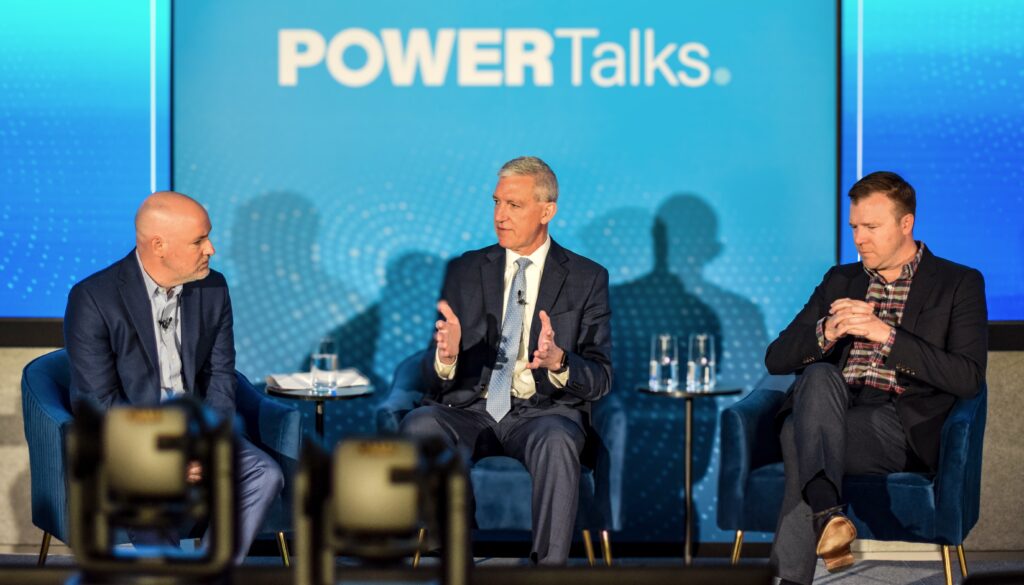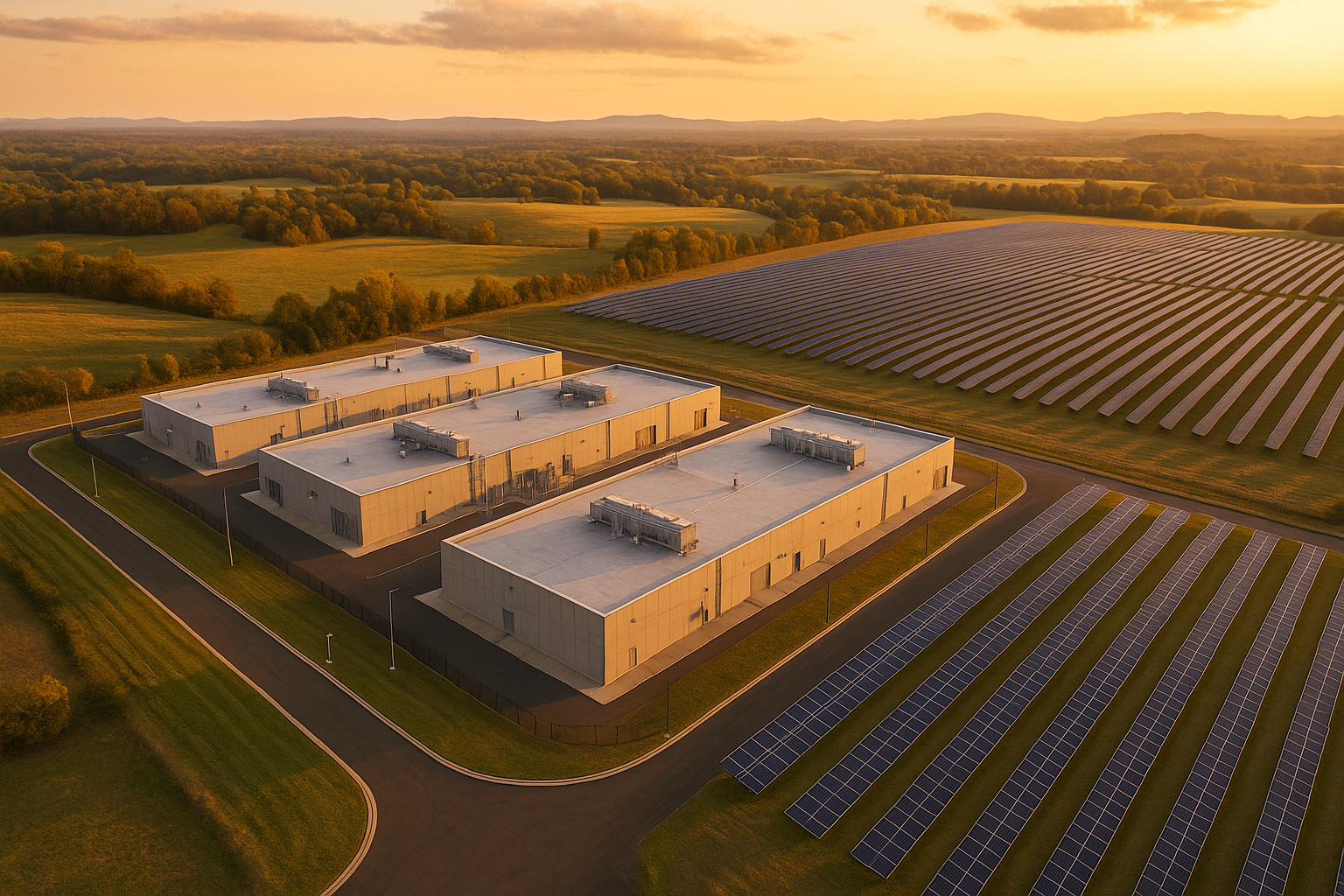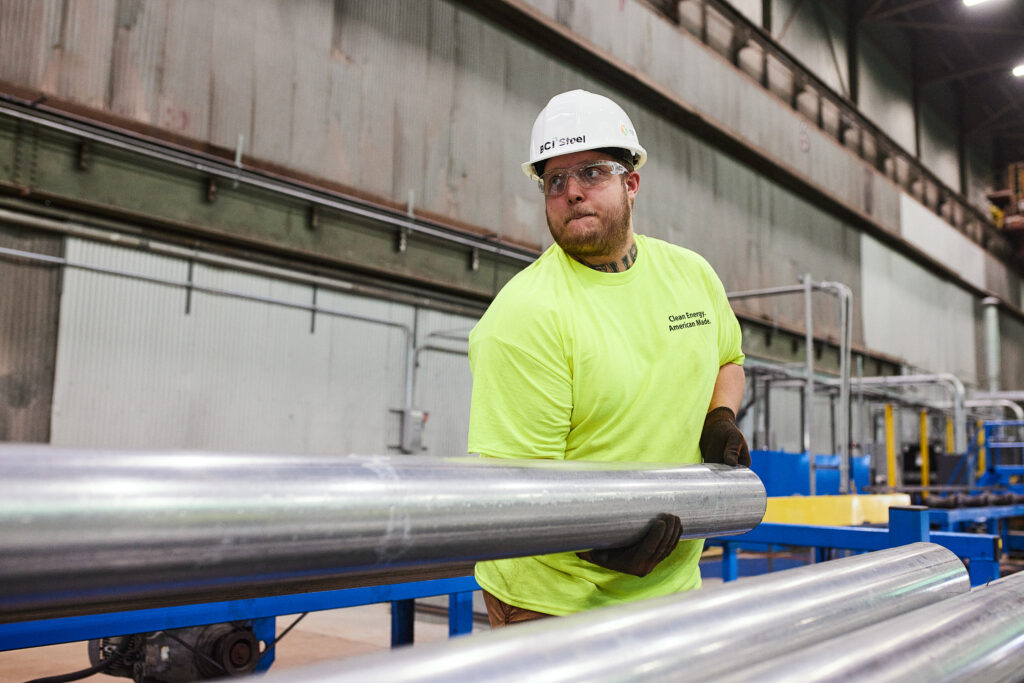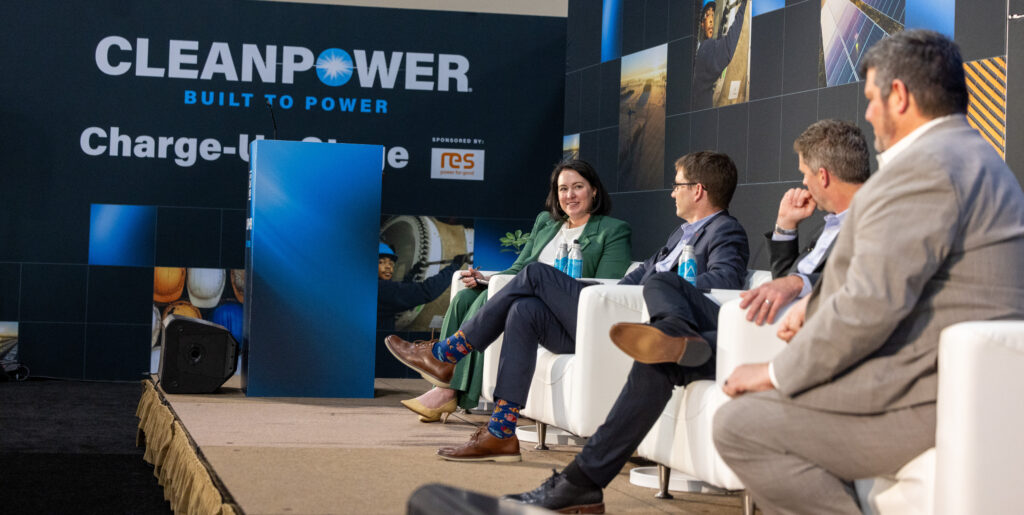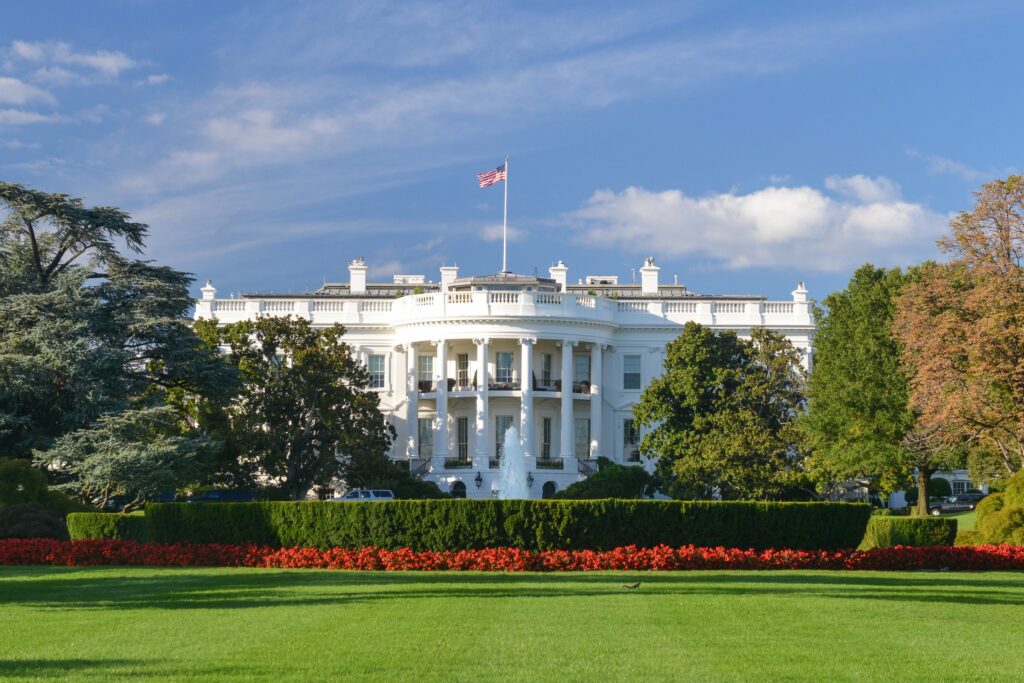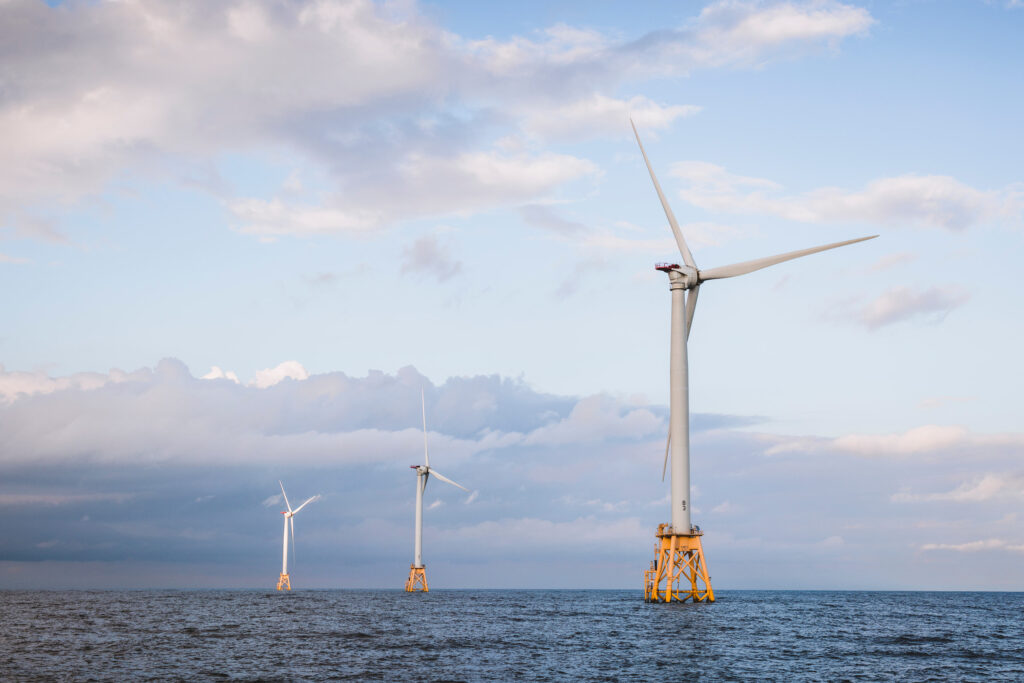Power Demand Surge: Industry Leaders Address Energy Reality and Bipartisan Opportunity
Key Takeaways Meeting rising electricity needs will require maximizing all American energy resources to maintain reliability and affordability Permitting reform represents a critical bipartisan opportunity to strengthen and build the […]
